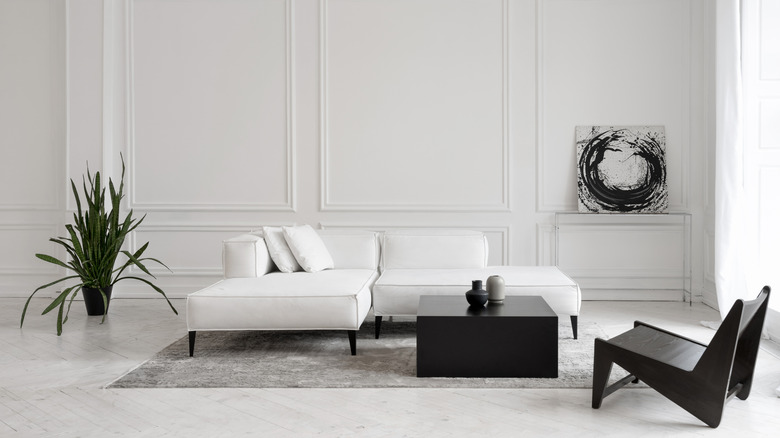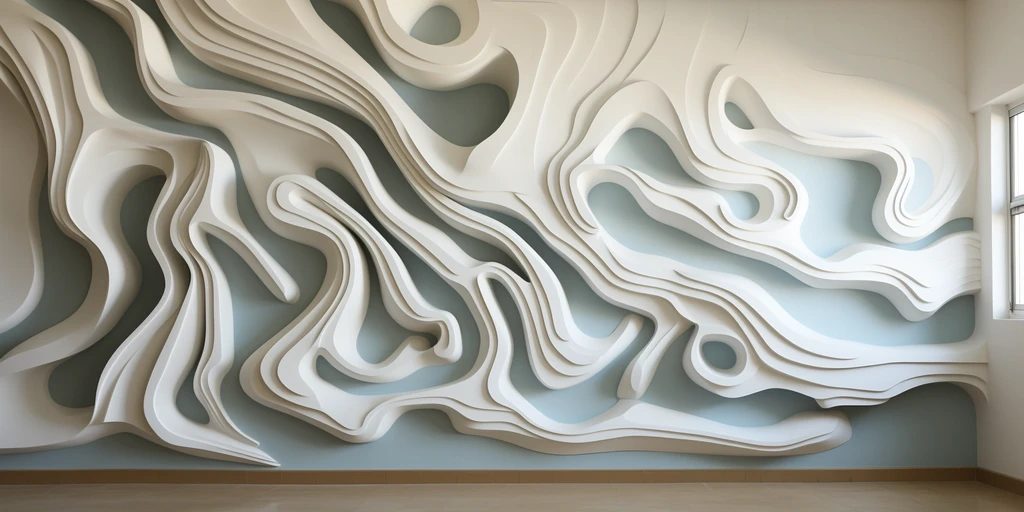Understanding Minimalism: Strategies for Minimizing Clutter and Enhancing Clearness in Everyday Living
Minimalism is progressively acknowledged as a feasible method to enhancing quality and focus in today's chaotic globe. By methodically reviewing our ownerships and prioritizing intentionality, we can produce rooms that not only reflect our worths but also advertise psychological health.
Defining Minimalism and Its Advantages
Defining minimalism involves comprehending it as a way of living choice that stresses simplicity and intentionality in both daily regimens and physical ownerships. At its core, minimalism motivates individuals to prioritize what really matters, enabling an extra meaningful and concentrated existence. By removing the non-essential, minimalism welcomes people to involve deeply with their environments and experiences.
The benefits of adopting a minimal method are multifaceted. It fosters psychological quality, as reducing mess in one's setting can lead to lowered disturbances and anxiety. When bordered by fewer belongings, people commonly report boosted focus and improved productivity. Secondly, minimalism promotes economic liberty; by focusing on requirements over wants, individuals can make more enlightened acquiring decisions, bring about potential cost savings and lowered debt. Additionally, a minimalist way of living can generate emotional advantages, as it urges individuals to grow appreciation for what they have instead of yearning for extra.
Eventually, minimalism is not simply concerning material reduction however involves an all natural shift in viewpoint, cultivating a life characterized by objective, gratification, and balance. Embracing this way of living can result in extensive changes in just how individuals connect and perceive with the globe around them.
Analyzing Your Existing Mess
Clutter often manifests as an overwhelming build-up of products that no longer serve an objective, developing an obstacle to achieving a minimalist way of living. Take note of specific categories of things, such as clothing, publications, or kitchenware, as this will certainly aid you comprehend the range of the mess.

In addition, take into consideration the regularity of usage for each product. Inevitably, recognizing your present mess is an essential step toward embracing minimalism and improving clearness in your day-to-day living.

Practical Decluttering Methods
Having evaluated your current clutter, the following action is to implement useful decluttering techniques that help with a more arranged living area. Minimalism. One reliable technique is the "Four-Box" technique, where you designate 4 boxes labeled: maintain, contribute, garbage, and relocate. This strategy encourages quick decision-making and makes certain things are classified properly
Another strategy is the "One in, One out" rule, which stipulates that for every new thing acquired, an existing thing should be eliminated. This principle aids preserve balance and avoids build-up gradually. In addition, think about the "30-Day Minimalism Game," where you get rid of one thing on the initial day, 2 on the second, and so forth, cumulatively cultivating a sense of success.
For those who deal with emotional accessories to belongings, the "Nostalgic Value" approach can be useful. Restriction on your own to a specific variety of treasured items, enabling you to value their importance without overwhelming your space. Lastly, develop a regular decluttering schedule, whether month-to-month or seasonally, to preserve a clutter-free atmosphere. By using these techniques, you can develop a more calm and effective living area, ultimately enhancing quality in your day-to-day life.
Producing Intentional Areas
Creating intentional areas includes a thoughtful technique to just how we design and arrange our atmospheres, guaranteeing each location serves a details objective and reflects our values. This technique is essential in growing a sense of quality and function in our day-to-days live. By critically evaluating the function of each area, we can eliminate interruptions and boost our general health.
To produce intentional areas, begin by identifying the main tasks that will happen in each area. A home office need to be developed to cultivate efficiency, including components such as ample lighting, comfy furniture, and very little interruptions. In comparison, a relaxation area need to promote tranquility, including calming shades and comfy seating.
Additionally, think about the emotional impact of your surroundings (Minimalism). Including individual items that reverberate with your worths, such as art work or plants, can improve the link to your room. Regularly examine these settings to guarantee they remain to offer their designated function as your demands advance
Ultimately, producing deliberate areas has to do with making conscious selections that straighten with your way of life, promoting harmony and performance in your living and working settings.
Maintaining a Minimalist Frame Of Mind
Embracing a minimal state my review here of mind calls for ongoing representation and intentionality in our ideas and activities. Establish apart time to review your dedications, ownerships, and even electronic content, ensuring they straighten with your core principles.
One more secret strategy is to practice gratefulness. Acknowledging what you already have fosters contentment and decreases the wish for unwanted. This change in viewpoint urges admiration for simpleness, enhancing total health. Including mindfulness methods, such as reflection or journaling, can additionally reinforce a minimalist frame of mind by promoting quality and decreasing psychological clutter.
Additionally, establish borders to shield your energy and time. Find out to claim no to non-essential see this obligations and disturbances that do not contribute to your personal development. Surround on your own with like-minded people who sustain your minimalist trip, as shared worths can enhance motivation and liability.
Conclusion
Finally, accepting minimalism uses substantial benefits, including decreased mess and improved clearness in every day life (Minimalism). By systematically analyzing belongings and executing practical decluttering strategies, people can produce deliberate areas that promote mindfulness and thankfulness. Maintaining a minimal mindset needs continuous examination and dedication to simplicity, inevitably bring about a more focused and fulfilling lifestyle. The concepts of minimalism serve as beneficial devices for growing an atmosphere that sustains personal growth and health.

Furthermore, think about the "30-Day Minimalism Game," where you remove one product on next the very first day, two on the second, and so forth, cumulatively cultivating a sense of achievement.
In verdict, embracing minimalism offers substantial benefits, including minimized mess and enhanced clarity in daily life.
Comments on “Discovering the Long-Term Influence of Minimalism on Psychological and Emotional Wellness”